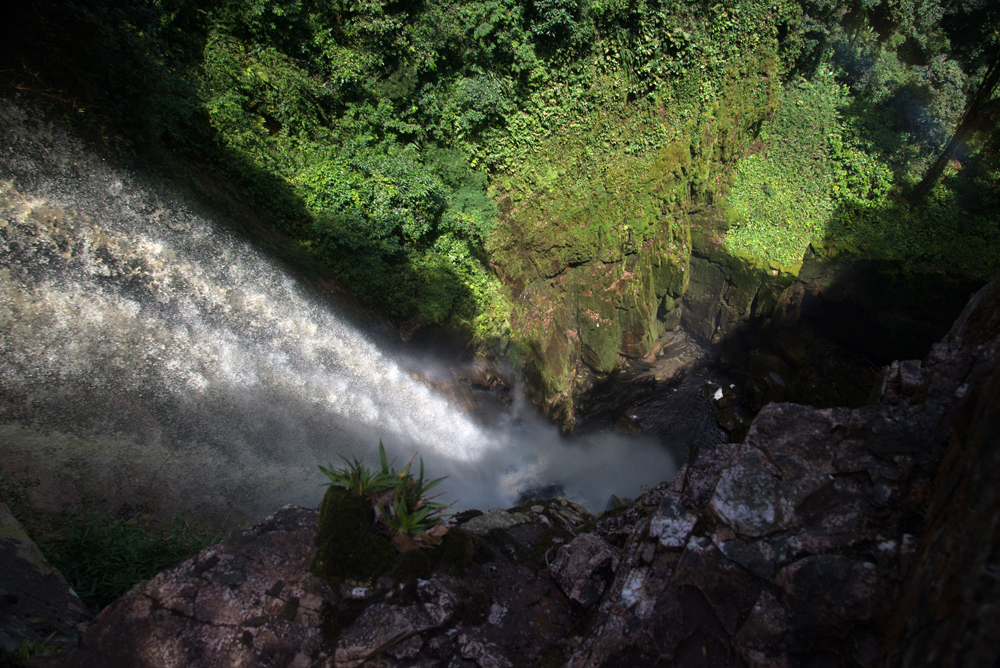An Expedition to Tafelberg: Collecting in a 30-Hour Rainstorm
Posted in Travelogue on February 7, 2014 by Fabian Michelangeli
Fabian A. Michelangeli, Ph.D., is an Associate Curator of the Institute of Systematic Botany at The New York Botanical Garden. His research focuses in part on the evolution, identification, and classification of neotropical plants. This is the third of four posts about an expedition last year to Suriname in northeastern South America.

Collecting in remote areas always presents interesting challenges, some of which are precisely the reason we visit these places. Tafelberg, a table mountain in central Suriname, is an isolated mountain that has only been explored a handful of times in the 60 years since the first ascent by New York Botanical Garden scientist Basset Maguire, which I described in a previous post. One of the reasons the vegetation is unique is the extraordinary amount of rain that falls here every year. Although our team of six scientists had planned our visit for the “dry” season, a rainforest is always…well, rainy. The difference between the seasons is not whether it rains or not, but the number of hours that it rains and the total amount of rainfall.
On our third day on the summit, the storm clouds that had been menacing us since the first afternoon finally came over the mountain. The skies opened for more than 30 hours straight. Because our time was limited, we kept working through the downpours.
Collecting plants in the rain can be a real challenge because it becomes difficult to press, process, and photograph all the samples. Also, the “trail” we cut in the morning couldn’t be seen on our way back, and we had to rely on our compass and GPS to find the camp. The small rivers that we could easily cross in the morning became very dangerous in the afternoon on our return to the camp. Fortunately, two members of our support staff, Mani and Uwawa, again came through and, in one instance, built a bridge over a creek in less than five minutes, allowing us to cross it with our collecting equipment and samples.
After a few days at our camp near Augustus Creek, we decided that we needed to move to the center of the mountain to access the higher parts easily and to be able to explore other types of vegetation. That meant that all of our equipment would have to be moved across the forest and creeks. But this time we would not have the aid of the helicopter. We’d only have our backpacks.
The expedition to Tafelberg was funded by a grant to University of Kansas entomologist Andrew Short from the National Geographic Society.

